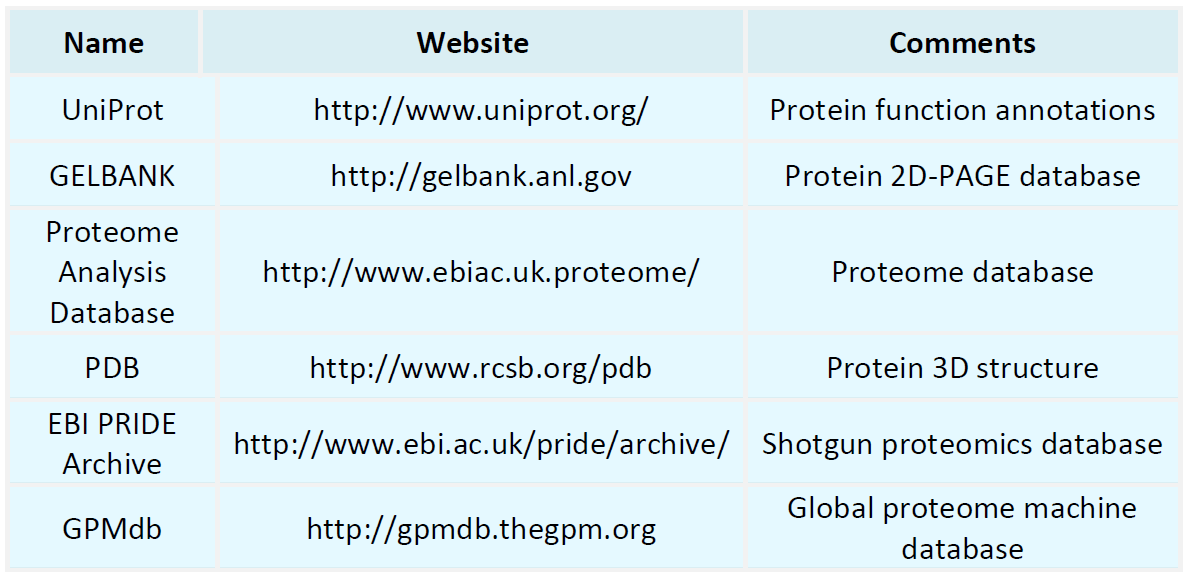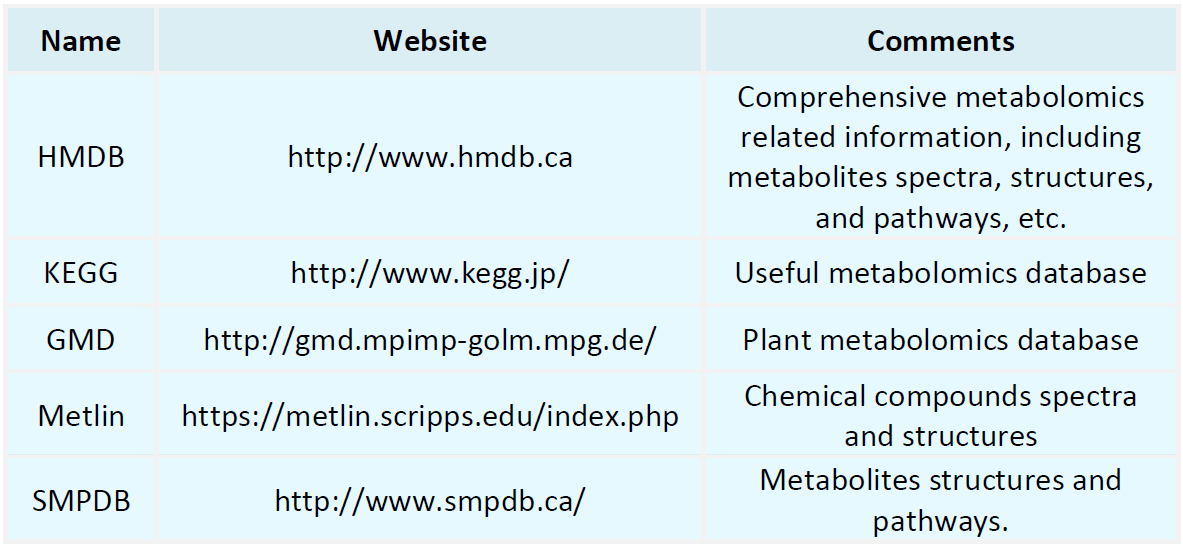Resources
Proteomics Databases

Metabolomics Databases

-
• Application of Quantitative Methylomics
Methylation is a common epigenetic modification that occurs at both the DNA and protein levels, influencing gene expression regulation, cell differentiation, development, and various other biological processes. Quantitative methylomics, utilizing high-throughput techniques, enables precise quantitative analysis of the levels and distribution patterns of DNA or protein methylation, allowing researchers to better understand epigenetic regulatory mechanisms.
-
• Workflow of Quantitative Methylomics
Methylation is one of the most common epigenetic modifications, impacting both DNA and proteins. It plays a pivotal role in the regulation of gene expression and cellular function. In genomic studies, DNA methylation changes are frequently associated with disease mechanisms, especially cancer development.
-
• Principle of Quantitative Methylomics
Methylation is a critical component of epigenetic regulation, influencing gene expression by modifying both DNA and histones. As high-throughput technologies advance, quantitative methylomics has emerged as a powerful tool for examining genome-wide methylation patterns, particularly in the context of cancer, developmental biology, and complex diseases.
-
• Mechanism of Quantitative Acetylomics
Acetylation is a crucial post-translational modification (PTM) that plays a key role in various biological processes by regulating protein activity, function, and interactions. Quantitative acetylomics aims to systematically analyze the dynamic changes of protein acetylation and reveal their functional roles in physiological and pathological conditions.
-
• Application of Quantitative Acetylomics
Acetylation is an essential post-translational modification that regulates numerous biological processes. By acetylating lysine residues on proteins, processes like cell signaling, gene expression, and metabolic regulation can be modulated. Quantitative acetylomics, a high-throughput approach, provides a systematic analysis of acetylated proteomes and their alterations under various physiological conditions.
-
• Workflow of Quantitative Acetylomics
Acetylomics is a systematic approach used to study protein acetylation modifications, widely applied to uncover protein functions, regulatory mechanisms, and their association with diseases. Quantitative acetylomics specifically focuses on the quantitative changes in protein acetylation and utilizes advanced mass spectrometry (MS) and bioinformatics to analyze the dynamic acetylation states of proteins.
-
• Principle of Quantitative Acetylomics
Acetylation is a common post-translational modification (PTM) that influences protein function, structure, and interaction by adding acetyl groups to specific sites. Dynamic changes in acetylation play a pivotal role in key cellular processes, such as gene expression, cell cycle regulation, and metabolic control.
-
• Application of Post-Translational Modification Analysis
Post-Translational Modification (PTM) refer to enzymatic or spontaneous chemical changes that occur after protein synthesis, altering the structure and function of proteins. These modifications play a pivotal role in regulating biological processes such as cell signaling, gene expression, and metabolic control. Most eukaryotic proteins undergo at least one form of PTM, highlighting their significance in both biomedicine and biotechnology.
-
• Mechanism of Post-Translational Modification Analysis
Post-translational modification (PTM) are one of the key steps in protein function regulation, widely involved in biological processes such as cell signaling, protein stability, enzymatic activity, and cell cycle regulation. The mechanisms of PTM are diverse, and different types of modifications have profound impacts on protein function, structure, and interactions with other molecules.
-
• Workflow of Post-Translational Modification Analysis
Post-translational modification (PTM) refer to the modifications of proteins after their synthesis, mediated by enzymes or other chemical reactions. These modifications play a critical role in cell signaling, regulation of protein functions, and disease mechanisms. Therefore, studying the molecular mechanisms and biological significance of PTM is a crucial step in uncovering cellular functions and pathological processes.
How to order?







